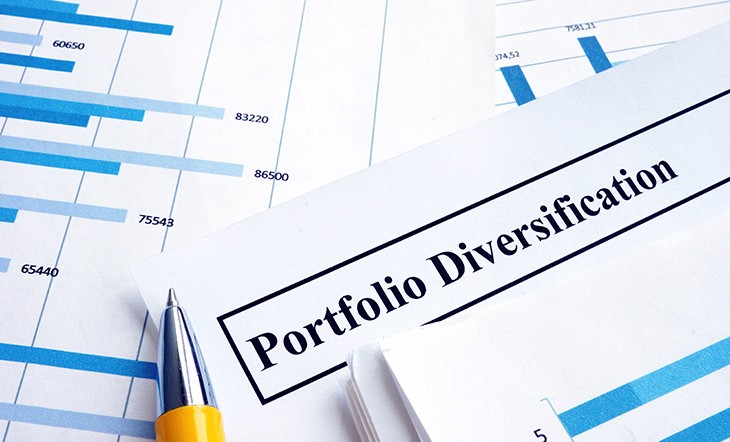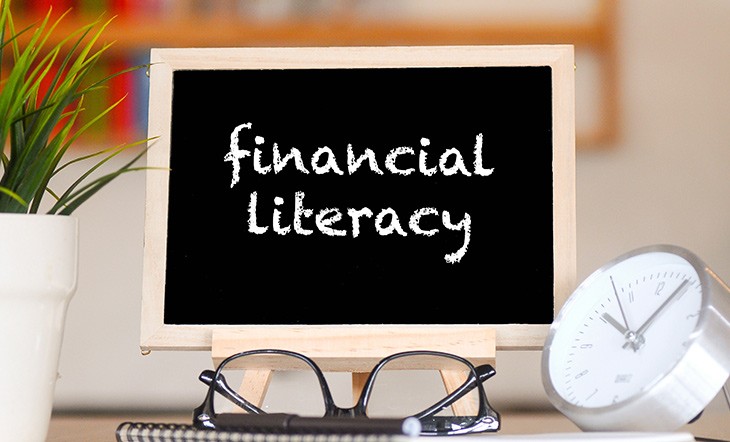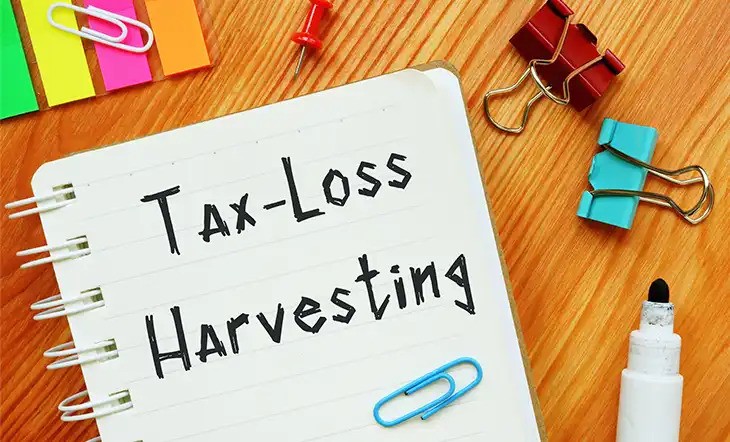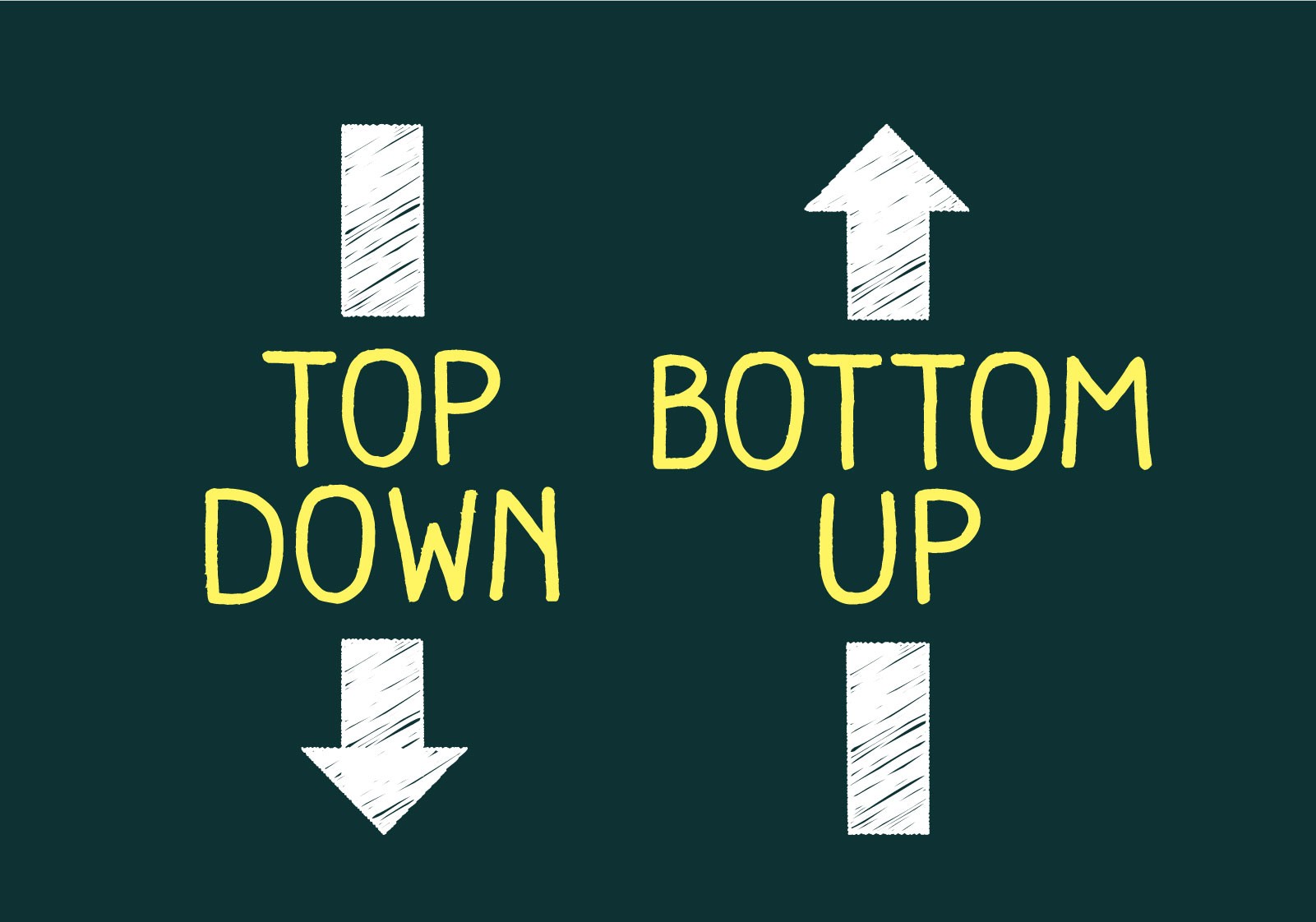A Shift from Saving to Investing May Make a Million-Dollar Difference

Saving money is one of the first financial lessons you receive. Your parents, teachers, and elders would have likely drilled this fundamental financial lesson into you. Saving your hard-earned money for the future makes sense. It provides a safety net and a financial cushion for unforeseen circumstances and needs. Every paycheck diligently saved is your assurance against rainy days. However, as you grow older, it is essential to realize that merely stashing away money might not be sufficient. The value of money fluctuates due to inflation. Hence, relying solely on savings cannot offer the financial security you seek for your future. That is where investing steps in. Shifting from saving to investing can make a world of difference. Investing has the potential to grow your money and outpace inflation. It can increase your wealth substantially over time. While saving is undoubtedly a crucial foundation, investing your savings is the key to building substantial wealth and preparing for uncertainties.
You may consult with a financial advisor who can help provide suitable investing strategies tailored to your needs. This article discusses the benefits of investing and how it can make a million-dollar difference in your life.
How can investing instead of saving make an impact on your finances?
In simple words, investing over saving can help you grow your wealth significantly. It allows you to capitalize on market opportunities and prepare effectively for your future financial needs.
Below are 4 key benefits of investing:
1. Investing offers compounding benefits
Compounding is one of the fundamental principles of investing. This mechanism allows you to earn interest on your earnings. Here's how this works. Let's assume you invest $10,000 at an annual compounding interest rate of 5%. In the first year, you earn $500. This brings your total to $10,500. In the second year, the 5% interest rate applies not just to your initial $10,000 but also to the additional $500 earned in the first year. This results in an interest of $525, making your total $11,025. This process continues for as long as you stay invested, and each year, the interest is calculated not just on your initial invested capital but on the cumulative total, including previous earnings. Over time, compounding has a snowball effect on your invested capital and significantly boosts the growth of your investment.
However, the key to maximizing this effect lies in allowing your money to remain invested for as long as possible. The longer the duration of your investment, the more you can benefit from compounding and increase your returns. Furthermore, compounding is not confined to a specific investment amount or duration. You can invest a lump sum or make smaller contributions regularly. The principle of compounding will remain the same. Moreover, regular additions to your investment portfolio can amplify the compounding effect and accelerate the growth of your wealth over time. That said, you can still enjoy the advantage of compounding even if you invest once and let that money stay invested in the market for a period of time.
When you compare saving vs investing, you will note that a savings account also offers compounding interest. However, the difference lies in the rate of interest. Savings accounts generally offer a lower interest rate than other investment options such as stocks, real estate, mutual funds, Exchange-Traded Funds (ETFs), and others. As a result, there is a subsequent impact on your money's growth over time. Savings accounts do incorporate compounding, but the growth is relatively slow due to the lower interest rates. These rates are often set by financial institutions and central banks and, in many cases, are much lower than the returns from other investments. Investments in stocks, mutual funds, ETFs, gold, real estate, and other vehicles have historically shown the potential for higher returns over the long term. The compounding effect in these investments is more pronounced due to the higher rates of return. As your earnings are reinvested, the base capital upon which future returns are calculated grows faster.
When you assess the growth over a significant period, such as 10 to 20 years, the yield disparity between savings accounts and investments can be pretty substantial. While a savings account can provide a safe harbor for your funds, it may not yield significant growth, especially when compared to the potential gains from a diversified investment portfolio.
2. Investing offers the opportunity to beat inflation
Inflation is the increase in prices of different goods and services over time. This means that the same amount of money will likely buy fewer goods and services in the future than right now. For example, consider a basic necessity like bread. If a loaf of bread costs $1 today and the inflation rate is 5% in a year, the same loaf of bread would cost $1.05 the following year. Over a decade, that same loaf of bread would cost approximately $1.63, considering the inflation rate remains consistent for the next ten years. If your money remains stagnant in a savings account with an interest rate that does not keep up with inflation, its real value will diminish. If you have $1,000 in a savings account earning an annual interest of 1%, you would earn $10 in interest in a year. This makes your total $1,010. However, if inflation is at 5%, the purchasing power of that $1,010 has actually decreased. It now has the equivalent buying power of $961.90 in today's money due to the rising cost of goods and services.
As of the current year, 2023, the average savings account interest rate across various financial institutions stands at 0.45%, as reported by the Federal Deposit Insurance Corporation (FDIC). This rate represents the Annual Percentage Yield (APY) you can earn on your savings deposits within these accounts. At this rate, the growth of funds within a savings account remains relatively modest. For example, if you were to deposit $10,000 into a savings account with a 0.45% APY, you would earn $45 in interest over the course of a year. When compared to inflation, which historically fluctuates around 2 to 3% annually, the purchasing power of your money in a savings account may effectively decrease over time.
On the other hand, investing can provide a way to combat the eroding effect of inflation. Allocating your funds into assets that historically outperform inflation rates, such as stocks, real estate, or certain types of bonds, allows your money to grow at a rate that matches or even exceeds inflation. When your investments generate returns that outpace inflation, your purchasing power is not only preserved but can even increase over time. For instance, if you invest $1,000 in a diversified portfolio that yields an average annual return of 7%, your investment would grow to approximately $1,967 after a decade. This ensures that your money retains its purchasing power. Investing allows you to safeguard your wealth from the diminishing effects of rising prices and even flourish over the years.
3. Investing helps you prepare for your financial goals
Planning for significant life milestones such as buying a house, funding a child's higher education, or retiring comfortably requires careful financial preparation. These goals need substantial financial resources that you may be unable to accumulate through saving alone. Thankfully, investing can be an effective strategy to achieve your varied goals.
For example, if you are preparing for retirement, you can use specialized accounts like the 401(k), an Individual Retirement Account (IRA), or the Health Savings Account (HSA). A 401(k) is an employer-sponsored retirement savings account that allows you to contribute a percentage of your salary before paying taxes. It may also offer an employer match. On the other hand, an IRA is a similar retirement account that is not employer-sponsored but can be opened with a broker, bank, or even an insurance company. IRAs can be either Roth or Traditional and offer tax advantages for your retirement savings. An HSA can be used to save for medical expenses in retirement. It also provides tax benefits. These investments can be valuable instruments in retirement planning and help you plan for the future while countering inflation and taxes.
If your aim is to provide financial protection for your loved ones after you are gone, you can consider life insurance. Life insurance policies ensure that your dependents are financially supported in the event of your demise. They offer your loved ones financial stability during a challenging time. A 529 plan can be a valuable investment tool when saving for a child's higher education. It is a tax-advantaged savings plan that can be used to save for future education costs like college. Contributions made to a 529 account grow tax-free, and withdrawals used for qualified education expenses are also tax-exempt. This can be an attractive choice for parents and grandparents planning for their child's educational needs.
These accounts are particularly beneficial because they are tailored to distinct financial goals. Using these and others can ensure a streamlined approach to wealth creation. Each investment is earmarked for a specific objective. There is no risk of overlapping goals, and you enjoy better clarity in planning. This further maximizes the potential for meeting your future financial objectives.
4. Investing lowers risk through diversification
Investment holds a distinct advantage over savings when it comes to risk management, thanks to diversification. While saving money in a traditional savings account is safe, it offers limited growth potential. In contrast, investing allows you to spread your risk across various assets. This makes investing a more robust strategy in the face of market fluctuations and economic uncertainties. Savings accounts typically offer low-interest rates and do not offer any diversification. In a savings account, your funds remain where they are and do not have the opportunity to grow substantially over time. If the economy faces a challenge such as inflation, recession, or depression, the actual value of your money in a savings account can diminish. In such a scenario, your savings might not effectively keep up with rising prices and financial hurdles posed by job loss, debt, etc.
Investing, however, offers the advantage of diversification. It allows you to allocate your funds across several different assets like stocks, bonds, gold, currencies, commodities, real estate, and more. This spreads the risk and offers your money the potential to grow. If one sector experiences a decline, other industries that have performed well mitigate your overall potential losses. Diversification is a safety net to ensure that your portfolio remains steady.
It is essential to understand that risk is one of the primary differences between saving and investing. Most people shy away from investing due to the inherent risk that comes with it. However, while investments carry risks, strategic diversification can help you manage and minimize these risks effectively. You can carefully select a combination of assets tailored to your financial goals and risk tolerance and create a balanced and diversified portfolio. In simple words, you can easily choose the level of risk you are comfortable with. There is no compulsion to invest in high-risk investments, and diversification strategies can be effective in ensuring your portfolio reflects your needs at all stages of your life.
How much of my savings should I invest?
Having gone through the benefits of investing, you may be wondering how much of your savings you can invest. There is no fixed percentage that universally applies to everyone. It is advisable to consult a financial advisor to understand if you should invest all your savings or a portion of it. A financial advisor can assess your specific circumstances, such as your age, income, liabilities, and future goals, and help you establish an investment strategy that aligns with your needs and risk tolerance.
Alternatively, you can also follow established guidelines like the 50/30/20 rule. According to this rule, 50% of your income can be used for essential expenses such as housing, gas, utilities, etc., 30% towards discretionary costs, such as entertainment, travel, hobbies, etc., and 20% towards savings and investments. However, remember this is only a general framework, and you are free to adjust it according to your individual requirements.
To conclude
The saving vs investing argument can puzzle many people. You may want to preserve your money and not expose it to high risk. While this natural instinct to protect your hard-earned money is expected, it is important to understand that saving does not safeguard your money. In fact, it contributes to losses when compared to inflation. On the contrary, investing may seem risky, but it offers the opportunity to grow your wealth. Over time, this can help you plan for your future goals and maintain a higher level of financial stability.
If you are wondering, "How much of my money should I invest?" a financial advisor can help. Connect with a vetted financial advisor today through the free advisor match service. Answer a few basic questions about your financial goals and needs, and our matching tool will connect you with 1 to 3 advisors who can best fulfill your financial requirements.







.jpg)













.jpg)





.jpg)


.jpg)


.jpg)















.jpg)





.jpg)




.jpg)


.jpg)






.jpg)

.jpg)






.jpg)




.jpg)

.jpg)



.jpg)
.jpg)





.jpg)
.png)
.jpg)




.jpg)

.jpg)


.jpg)


.jpg)

.jpg)

.jpg)
.jpg)
.jpg)

.jpg)

.jpg)



.jpg)


.jpg)

.jpg)


.jpg)
.jpg)
.jpg)
.jpg)
.jpg)

.jpg)




.jpg)
.jpg)


.jpg)
.jpg)
.jpg)
.jpg)

.jpg)
.jpg)















.jpg)

.jpg)


.jpg)



.jpg)












.jpg)



